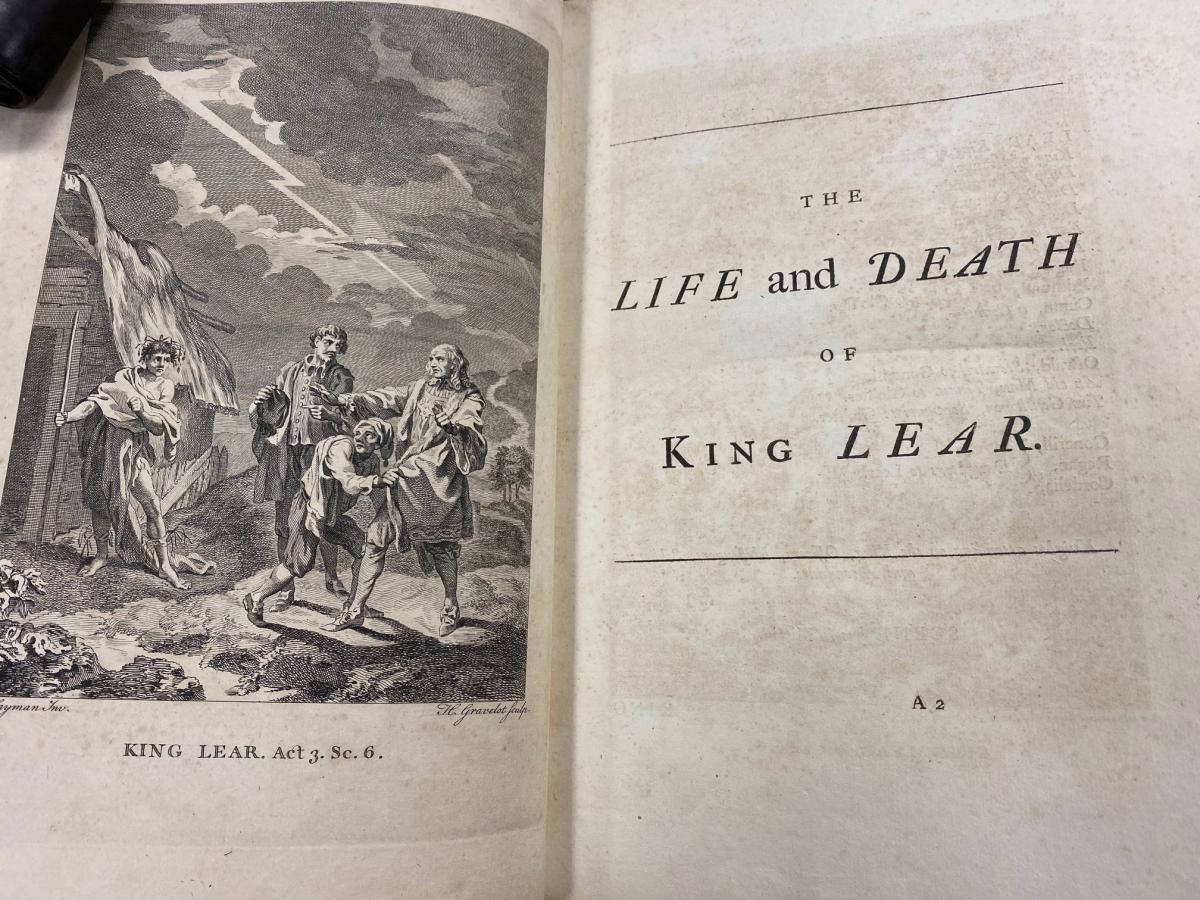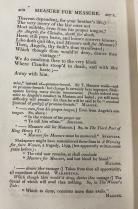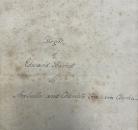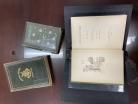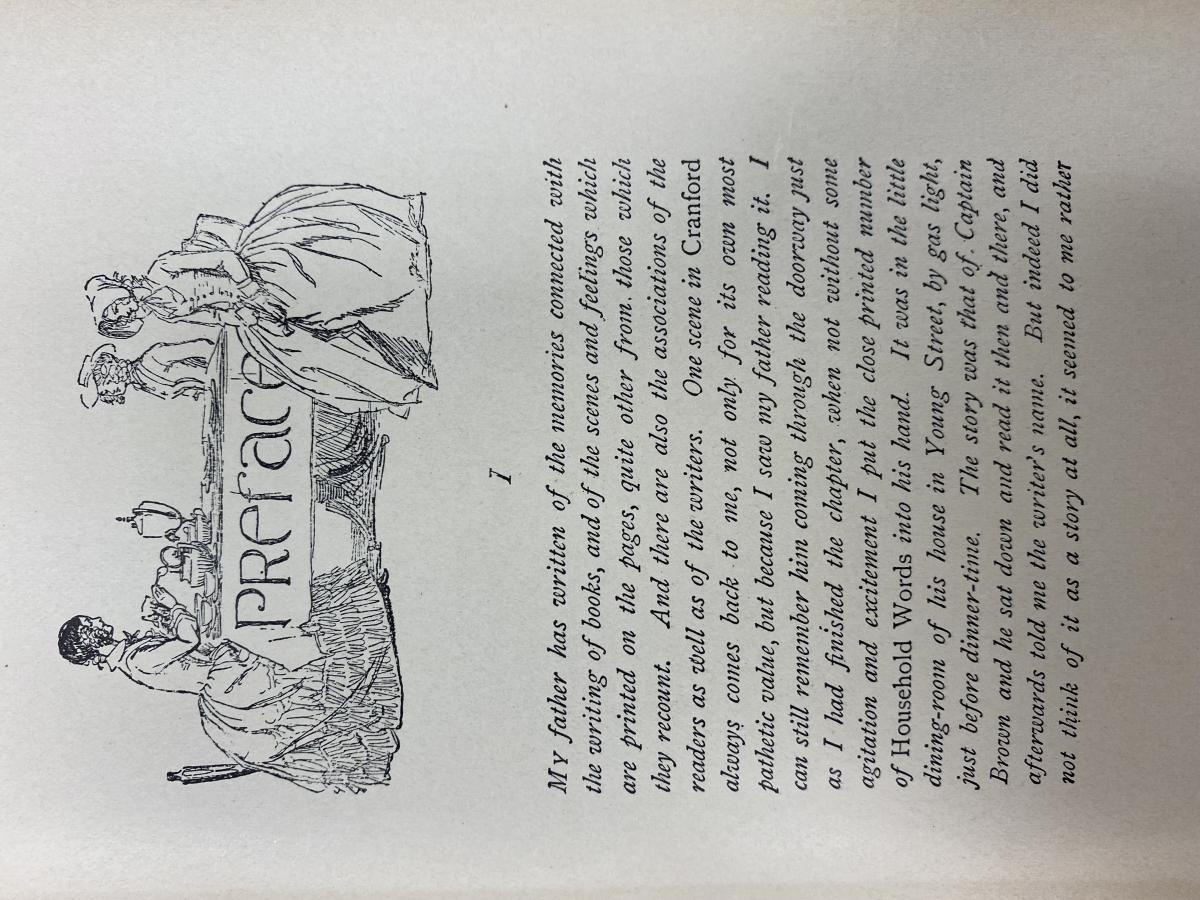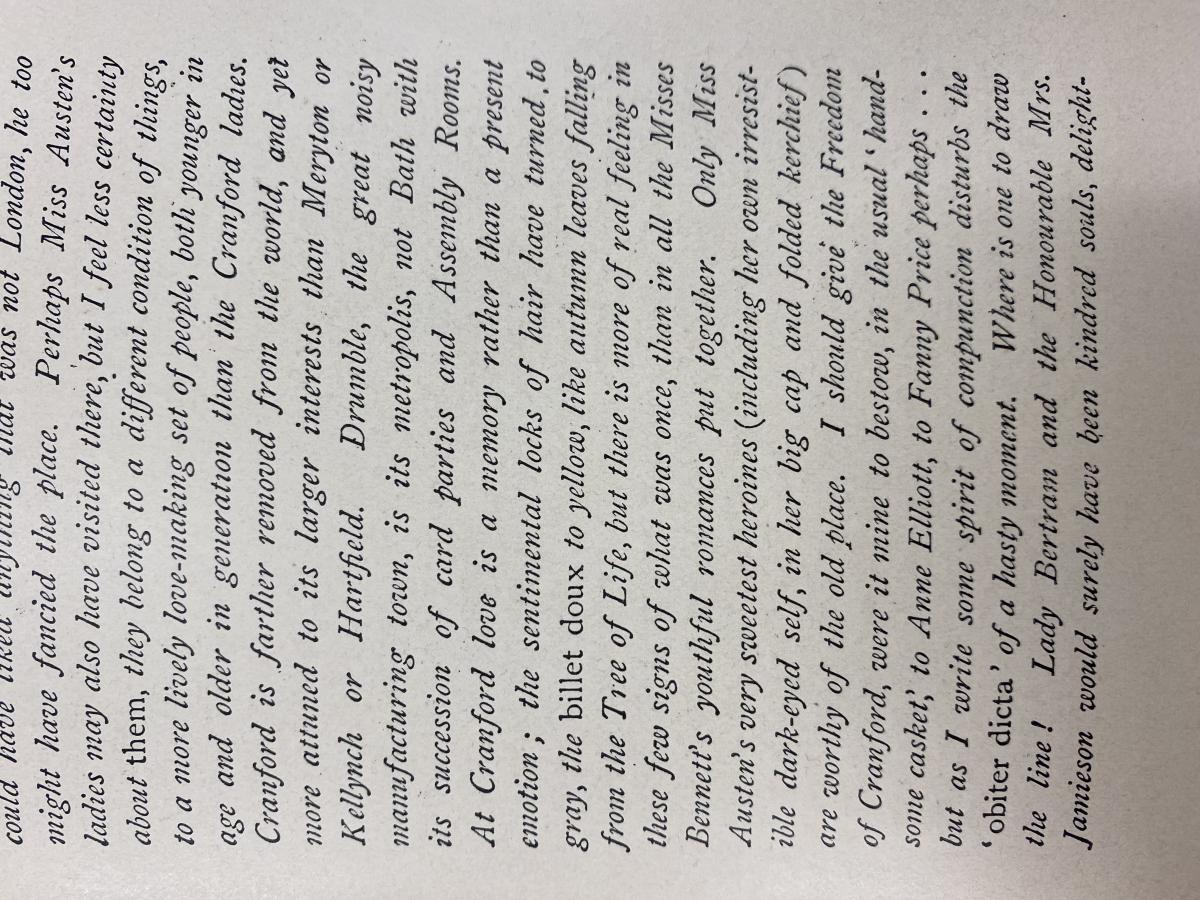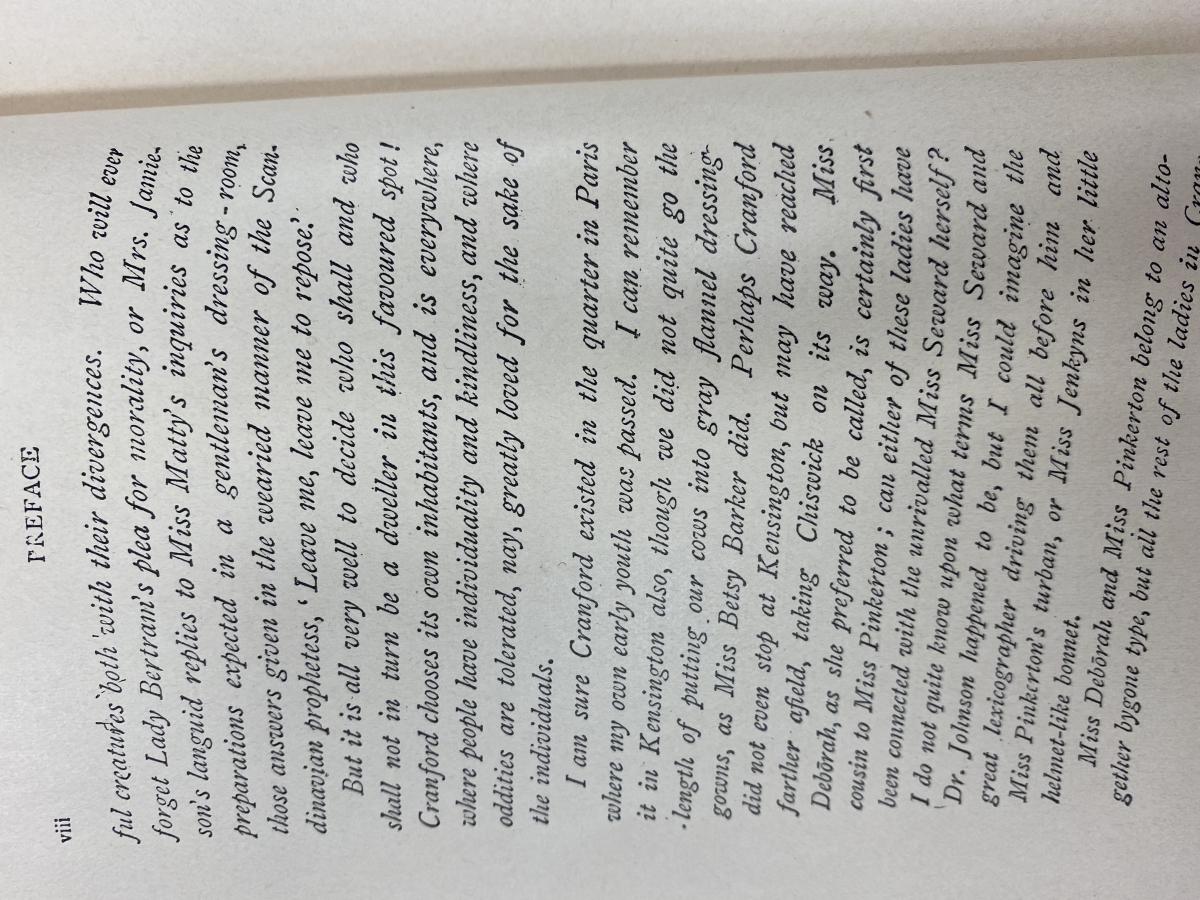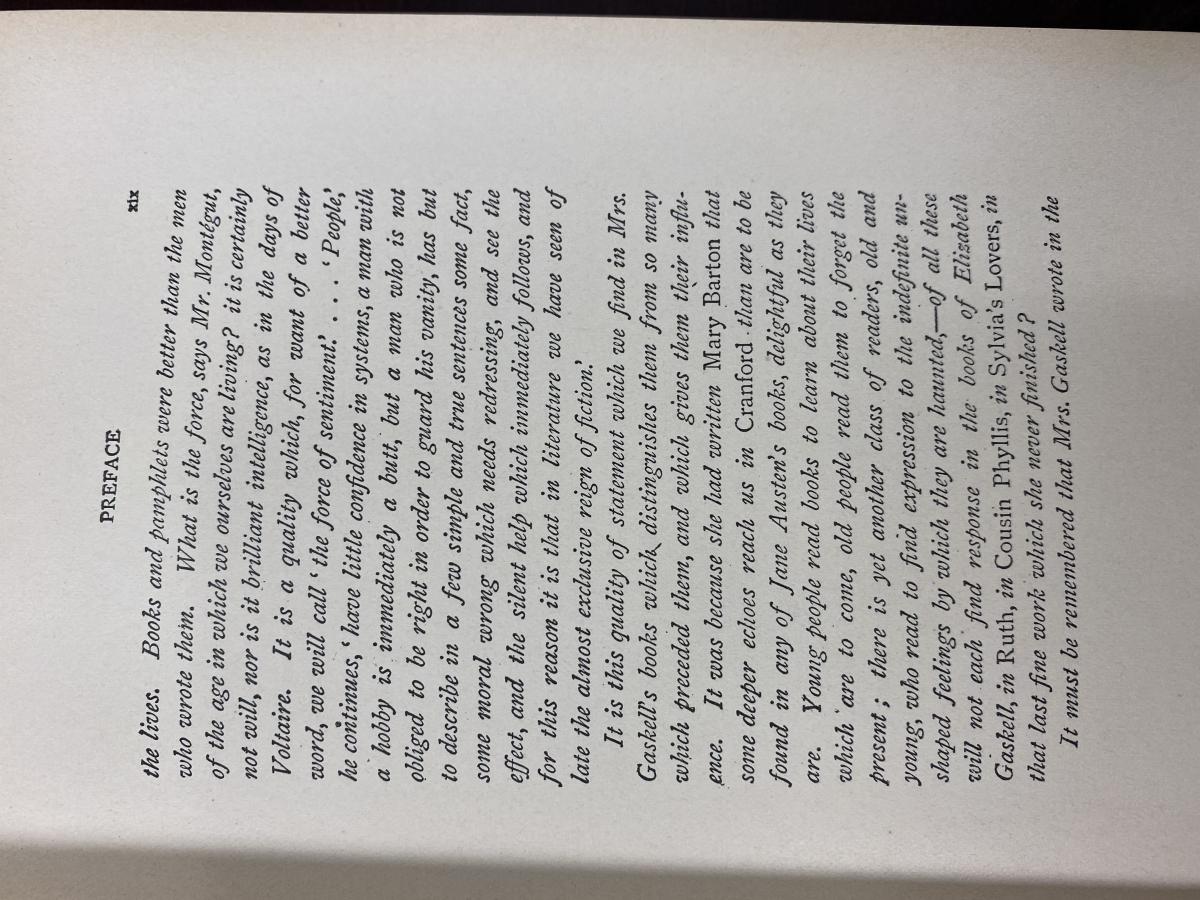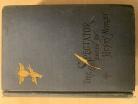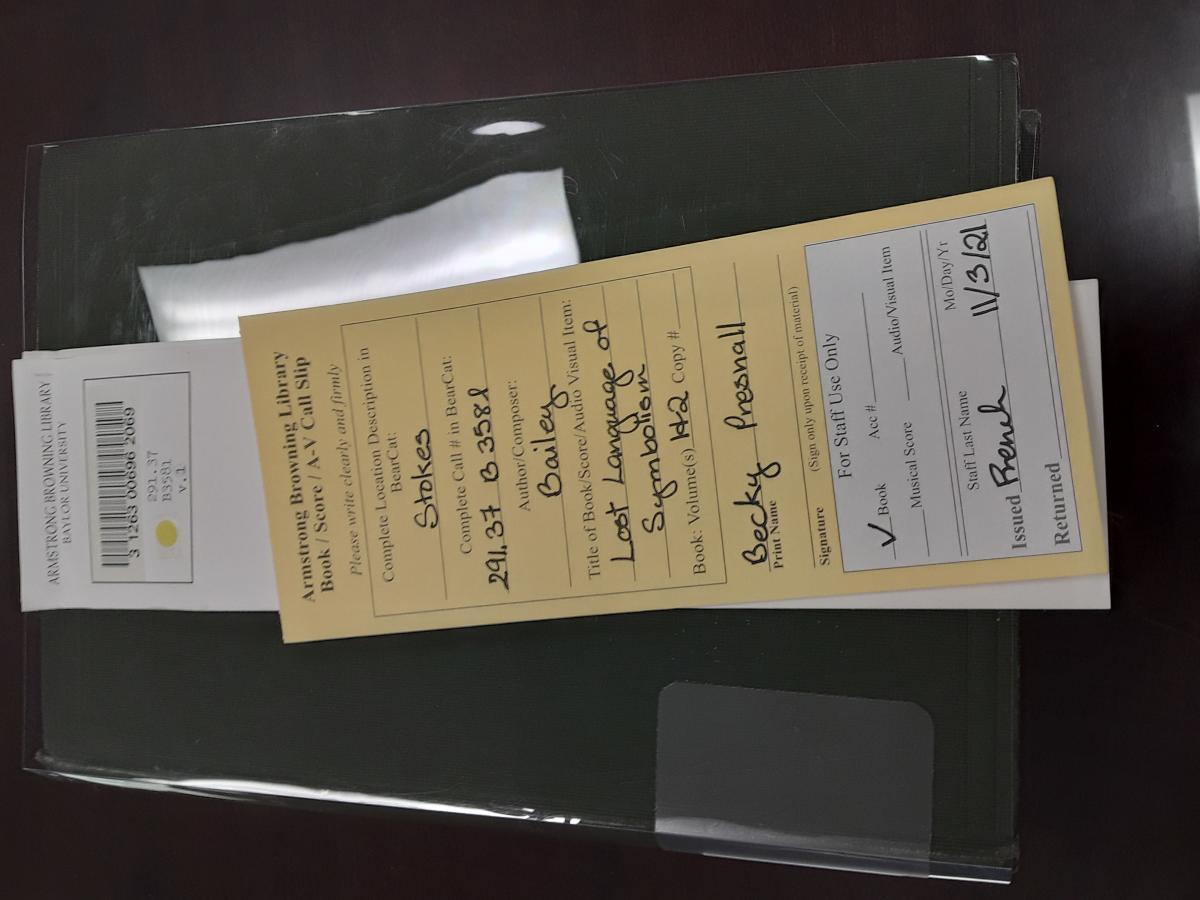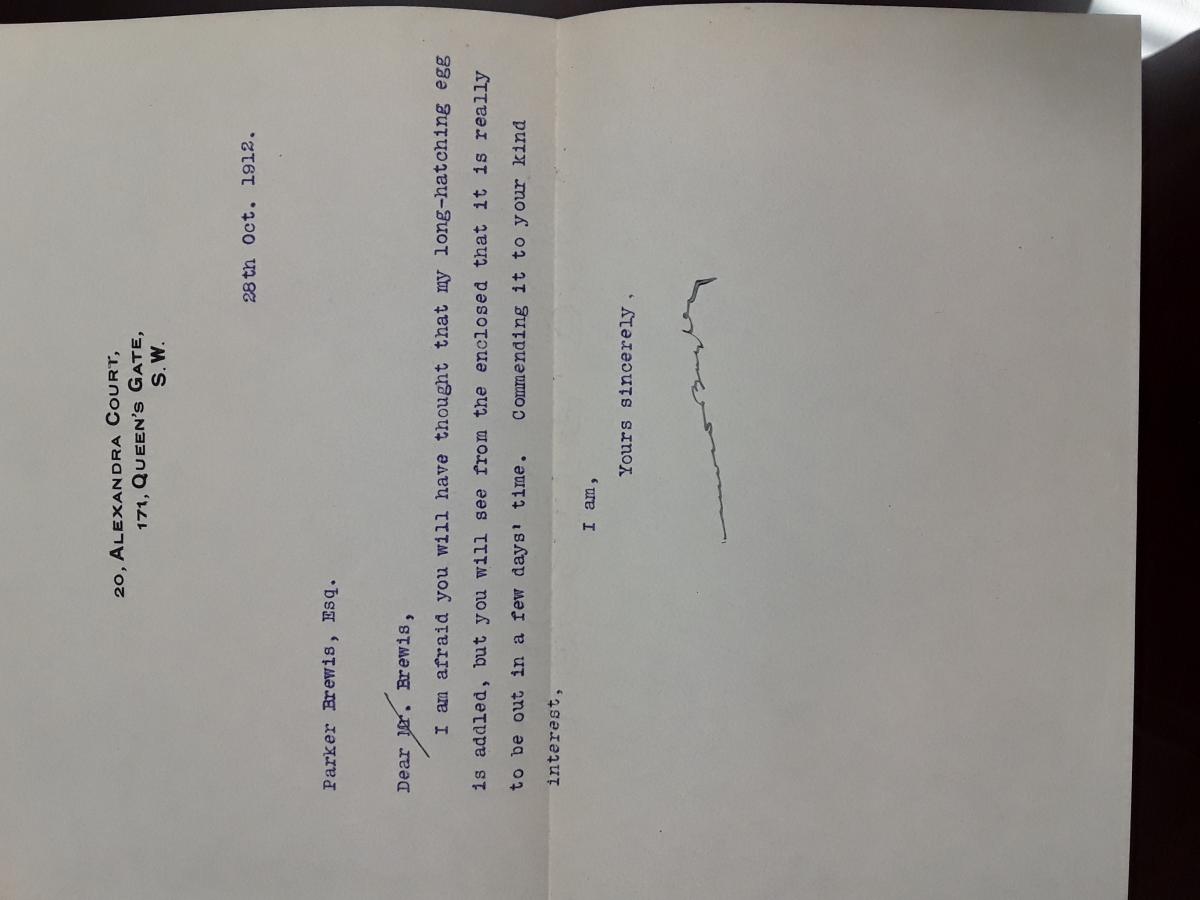Timeline for ABL Rare Items (ENG 5304)
Created by Joshua King on Fri, 10/01/2021 - 16:03
Part of Group:
Please use this timeline for entries related to rare items at the ABL.
Timeline
Chronological table
| Date | Event | Created by | Associated Places | |
|---|---|---|---|---|
| 1743 to 1744 |
Publication of The Works of Shakespear in six volumes.Call Number: 822.33S527. Location: Armstrong Browning Library Stokes Oversize Collection"Carefully rev. and cor. by the former editions, and adorned with sculptures designed and executed by the best hands," these volumes of Shakespeare include a foreword by Alexander Pope and engravings of each play by Hubert-François Gravelot. Although this edition was published in 1743-44, the first edition dates back to 1723. Notation within the volumes indicate that they were once owned by Isabella Wedderburn, but she gifted them to her grandson, Colin Mackenzie, in 1852. Included are pictures of Gravelot's engraving of act 3, scene 6 of King Lear in which Lear, Kent, Edgar, and the Fool take shelter from the storm in a shed.
|
Theresa Boyd | ||
| 10 Oct 1765 |
Johnson publishes his revolutionary edition of Shakespeare in Eight VolumesThe twenty-one-volume Shakespeare published in 1813 and housed at the Armstrong Browning Library began with the work of Samuel Johnson. In 1765, he became the first scholar to publish a collection of Shakespeare's plays with extensive notes. Eight years later, George Steevens, whose editing had impressed Johnson, published a more thorughly notated edition in ten volumes. Steevens' friend, Isaac Reed, continued to revise and republish subsequent editions until, in 1803, he produced a twenty-one volume edition, with additional notes by Steevens and other commentators. It was this edition that, ten years later, Elizabeth Barrett Browning's father gifted to Arabella Graham-Clarke. The photographed page from Measure For Measure is typical of nearly every page in the collection: more space is given to notes than to the text of the play. A surprising amount of notes concern textual variants and editorial decisions. Many of the most helpful notes recall lines from other plays that illuminate the meaning of a word or phrase in the present text. |
Myles Roberts | ||
| 1813 |
The Works of William Shakespeare in Twenty-One VolumesArmstrong Browning Library, Baylor University, Waco, TX, ABL Rare X 822.33 S527p 1813This complete twenty-one-volume collection of Shakespeare's plays is housed at the Armstrong Browning Library in Waco, TX, a library dedicated to the lives and works of Robert and Elizabeth Barrett Browning. This Shakespeare collection, published when Elizabeth was seven years old, was originally a gift from Elizabeth's father to Elizabeth's aunt. The first page of each book in the collection contains the same inscription (pictured): "The Gift of Edward Barrett to Arabel(la) and Charlotte Graham Clarke." It is possible that the inscriptions were made by Elizabeth herself. The picture inscription is from Volume 6, which contains Much Ado About Nothing and Measure For Measure. |
Myles Roberts | ||
| 23 Mar 1844 |
23 March 1844 letter from John Kenyon to Elizabeth Barrett BrowningCall Number: 1844-03-23 John Kenyon to EBB, Location: Armstrong Browning Library - The Browning LettersThis letter from John Kenyon to Elizabeth Barrett Browning shows her close relationship with her cousin, who was also a poet and introduced EBB to many other famous writers. Kenyon’s remarks on A Drama of Exile show his support of her literary endeavors. He is believed to have encouraged EBB to publish A Drama when she had almost abandoned it. In the context of this letter, EBB has already sent A Drama to her American and London publishers and Kenyon offers his advice on her preface: “[L]et me suggest about your preface—that the part of your preface which is to relate to heading Miltonic ground &c—and which you will do as well as you can, that is, better than any one else could do it, may well be the same in the English and American Editions.” His enthusiasm for her work is seen here and later in the letter when he writes, “’Drama of Exile’ sounds like serious work– It is vague enough to excite curiosity—it is particular enough to apply to the subject in hand.” Such enthusiasm prefigures her subsequent favorable reviews in the same year for the 1844 Poems that contained A Drama. |
Savannah Chorn | ||
| circa. 1853 to circa. 1890 |
Rare Edition of Cranford with PrefaceThis is a rare edition of Cranford by Mrs. Gaskell, with a preface by Anne Thackeray Ritchie. Published by the Frederick A. Stokes Company in London, there is no specific date of publication, though I would estimate that due to the inclusion of a preface that references several of Gaskell’s later works, it was published around 1890. The call number for the book is X 823 G248c, found in the rare books collection at the Armstrong Browning Library. In her preface, Ritchie makes various connections to literary works by Gaskell herself and to other authors such as Charlotte Brontë and Voltaire. However, she spends the most space on her comparison of the old women of Cranford with the young women of Jane Austen’s novels, particularly in their experiences of love. As seen in some of the photos included with this entry, Ritchie believes that in Cranford, despite the fact that “love is a memory rather than a present emotion…but there is more real feeling these few signs of what was once, than is all the Misses Bennet’s youthful romances put together.” This attribution of emotional depth to spinsters marks a fundamental shift in representations of womanhood following Cranford’s publication.
|
Reilly Fitzpatrick | ||
| 17 Dec 1880 |
Robert Browning accepts an invitation from Henry MorleyArmstrong Browning Library Digital Collections ID: ab-letters-ltr_80149-00Henry Morley (1822-1894) was a man of many talents: a physician, a scholar and educator, a columnist, and the editor of multi-volume collections of both English and world literature. He rubbed shoulders with the leading literary figures of his day—Elizabeth Gaskell, Charles Dickens, the Brownings—and the Dictionary of National Biography eulogized him for his work “as a populariser of literature.” In 1883, Morley edited a three-volume edition of The Spectator. The Spectator was a favorite of John Steinbeck, who grew up reading his grandfather’s copy of the Morley 1883 edition and took it with him on his Travels with Charley.
References Banerjee, Jacqueline. “Henry Morley (1822-1894).” The Victorian Web. Hunter, Fred. "Morley, Henry (1822-1894)." Oxford Dictionary of National Biography. |
Robert Brown | ||
| 1912 |
First Edition of The Lost Language of Symbolism: An Inquiry into the Origin of Certain Letters, Words, Names, Fairy-Tales, Folklore, and Mythologies is PublishedCall Numbers: 291.37 B358l v.1 and 291.37 B358l v.2, Location: Armstrong Browning Library stokes Shakespeare CollectionThis rare first edition of The Lost Language of Symbolism: An Inquiry into the Origin of Certain Letters, Words, Names, Fairy-Tales, Folklore, and Mythologies was a two-volume work published in 1912. While the book itself does not give any more specifics, the author does. A letter from Harold Bayley, dated October 28th of 1912, seems to indicate that it must have taken place earlier in the same year. In his work, Bayley investigates the transnational evolution of both physical and metaphysical symbols in fantastic texts across time. Ranging from printer’s emblems to folkloric motifs, he attempts to demonstrate the unity of ideas across cultures, as well as the vastly different formats in which these ideas were presented to society.
|
Becky Presnall |

